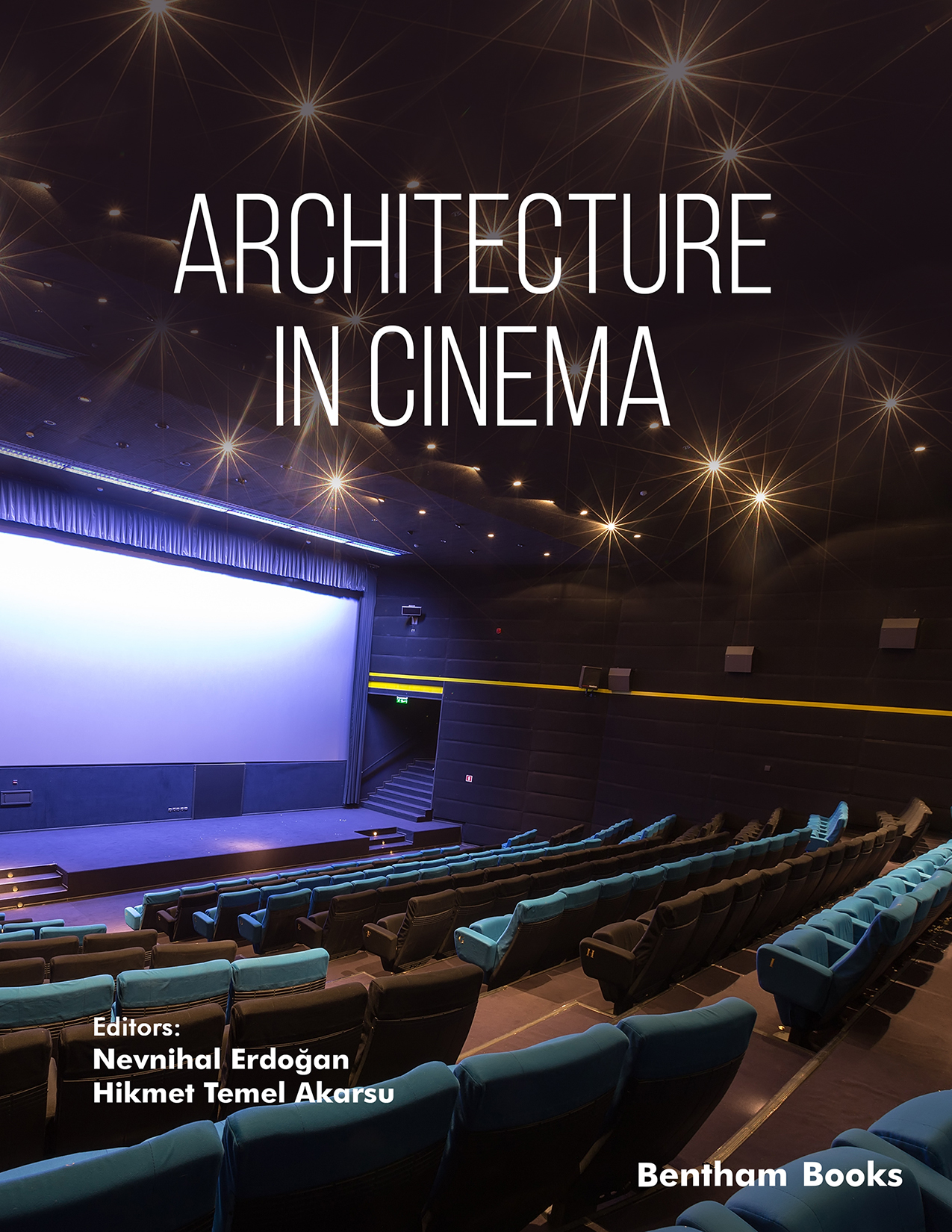Architecture directly relates to various branches of art, such as painting, sculpting, literature, music, and cinema. In the interaction between architecture and cinema, it is possible to take advantage of the visual power of cinema, its ability to give a sense of space close to reality, and the spatial alternatives it creates. The methods and different perspectives presented by these two branches of art nourish each other. Therefore, cinema has recently become a prominent source of inspiration for the art of architecture. Being able to convey the creativity and vision of the art of cinema to the architectural culture makes positive contributions to the architects and the urban texture that is gradually deteriorating.
The separation experienced from organic life, the eerie destruction of nature, the habits of living that crack the door for ecological disasters, the frenzied plunder of historical-traditional heritage, and a terrible adventure blinded by the greed for rent have condemned us to increasingly uninhabitable architectural environments. Leaving the sociological, economic, historical, cultural, and political sides of the issue aside and trying to think just as an architect, how can we overcome this unpleasant situation that we live in? Our share is primarily to ensure the rise of architectural consciousness, perception, and aesthetic values and to reach a society composed of individuals who will accept architectural aesthetics and artistry as a prerequisite while raising architectural quality.
The purpose of preparing the book “Architecture in Cinema” is to provide material for this development through qualified analysis.
We believe that radical changes should be adopted in the discipline of architecture. All cities and countries today are designed in a monotonous way even with the same pattern repeating itself. We wish to inspire a novel understanding of architecture and design thinking by analyzing and spreading the basic movies about architecture.
For this reason, following our "Architecture in Literature" books, we put cinema in our "viewfinder" and examined the magnificent works of cinema that contribute to the art of architecture and bring them to the attention of the architectural community.
Architects, writers, thinkers, and academicians who have reached advanced stages in their professional lives contributed to our book, "Architecture in Cinema", with their articles in which they examined fifty masterpieces of cinema. Undoubtedly, those who want to directly see the applications or reflections of the art of architecture in these articles will not find what they are looking for right away. Among the writings in this book, there are articles that trigger the imagination of architecture, bring the element of creativity to the forefront, lead people towards utopian or dystopian thoughts, increase aesthetic and artistic appreciation, and offer approaches to critical sociological perceptions, ecological problematics, and political judgments.
In short, we wanted the book "Architecture in Cinema" to contribute to our cultural, critical, aesthetic, and artistic accumulation and give back to architects, students, followers, and even users, the ability to dream, pursue happiness and the beauty that we have lost long ago. The goal of this anthology is to start this transformation. To be able to restore, enrich, and make the cities of the future more livable, watching, analyzing, and internalizing the masterpieces of the cinema that are discussed in this book should be an extremely useful method. This has great importance not only for students of architecture but also for architects, urban planners, artists, and anyone with a life awareness.
This comprehensive architectural research and review book on the topic of "Architecture in Cinema" has been prepared in a way that offers benefits for versatile uses. Through this book, the aim of bringing the cinematic "fictitious" spaces that provide visual and imaginary richness to the attention of designers has been achieved. We hope that the resulting book, "Architecture in Cinema", will be considered an ideal reference for undergraduate-graduate students working in the fields of architecture, interior architecture, urban planning, fine arts, humanities, social sciences, and various design disciplines, academics, and anyone with an awareness of urban life. Moreover, we believe this work deserves to be on the shelves of experts and authorities in cinema, design, visual arts, culture, art, sociology, and literature, as well as academicians and practitioners with international views.
Nevnihal Erdoğan
Faculty of Architecture and Design
Kocaeli University, Kocaeli, Turkey
&
Hikmet Temel Akarsu
Author-Architect, Emin Ali Paşa Street,
Beydağı Apartment, No.91 B Blok D:2 Bostancı,
Istanbul/Turkey

